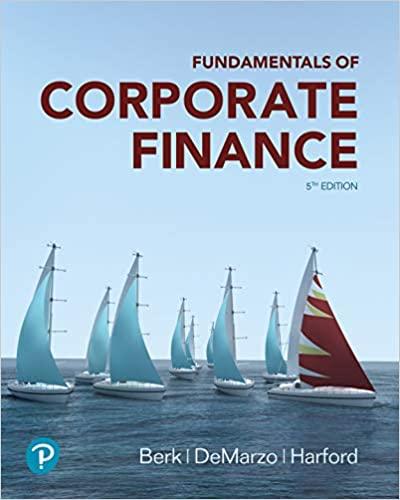Answered step by step
Verified Expert Solution
Question
1 Approved Answer
I would like to solve three questions 3.5 which i solved ,but incorrect because I compared IDR with JPY, but task is for IDR with
I would like to solve three questions 3.5 which i solved ,but incorrect because I compared IDR with JPY, but task is for IDR with NZD and JPY with NZD. that's only that Q 3.5 need to be answer in both word doc and excel and can get the data from the Eikon
part 4.2(part3and part 4) you check the marking criteria for both parts what it should be.






Step by Step Solution
There are 3 Steps involved in it
Step: 1

Get Instant Access with AI-Powered Solutions
See step-by-step solutions with expert insights and AI powered tools for academic success
Step: 2

Step: 3

Ace Your Homework with AI
Get the answers you need in no time with our AI-driven, step-by-step assistance
Get Started








